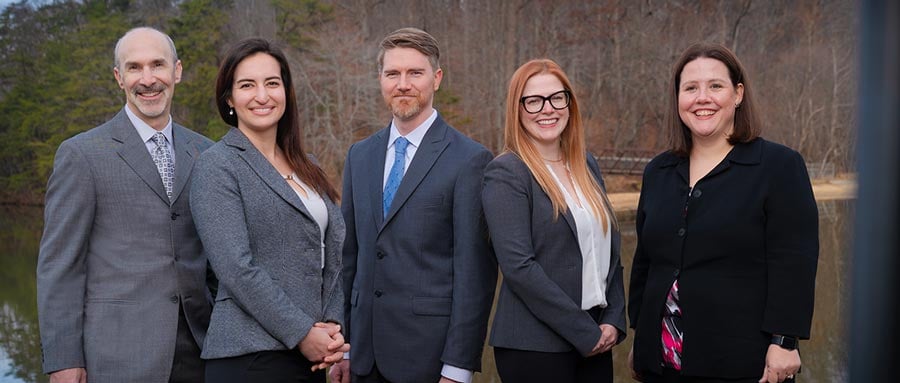Learn More About Pedestrian Accident Claims With Our FAQs
Washington, D.C., and many cities in Virginia and Maryland rely on us to walk more often than using a personal vehicle. As a pedestrian, you have a duty to practice safety. Unfortunately, accidents can happen at no fault of our own. Becker, Kellogg & Berry, P.C., is here to answer all of your questions. We have provided a list of frequently asked questions below. After reading through them, we can discuss your case. Call our office at 703-962-1829 or fill out our contact form by clicking here.
Q: What should I bring to my first meeting with my attorney?
A: You should bring any and all documents that you might find useful or relevant. This includes everything from medical documents to accident reports and witness statements. If you took pictures at the scene of the accident or of your injuries, those are also helpful.
Q: What are common examples of pedestrian accidents?
A: Both cars and pedestrians must obey traffic signs and laws. Drivers frequently make errors, including turning without yielding to pedestrians in a crosswalk, speeding, failing to stop at a red light or stop sign, or changing lanes without checking for others.
Q: What kind of injuries do pedestrians typically suffer from?
A: As always, it is in your best interest to seek medical attention immediately after an accident. Internal injuries that you can’t see can quickly turn dangerous. We have handled cases where clients were dealing with broken bones, skin abrasions, back injuries, neck injuries, concussions and head traumas.
Q: As a pedestrian, what is expected of me to avoid accidents?
A: Just like drivers, you have a responsibility to act with safety in mind. This means observing traffic conditions, nearby signs and those around you. As a general rule, follow the childhood recommendation of always checking both ways before crossing the street.


